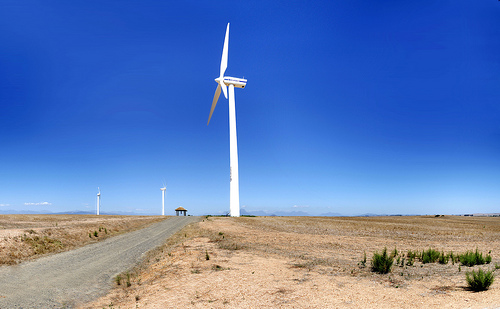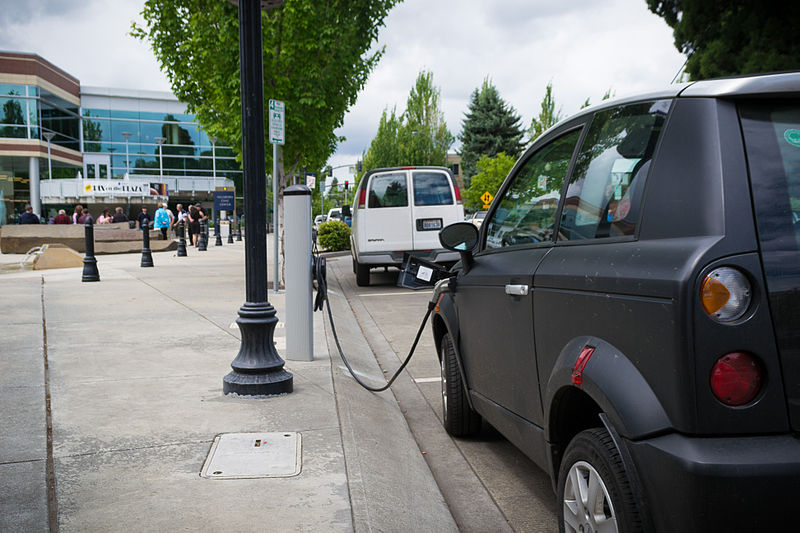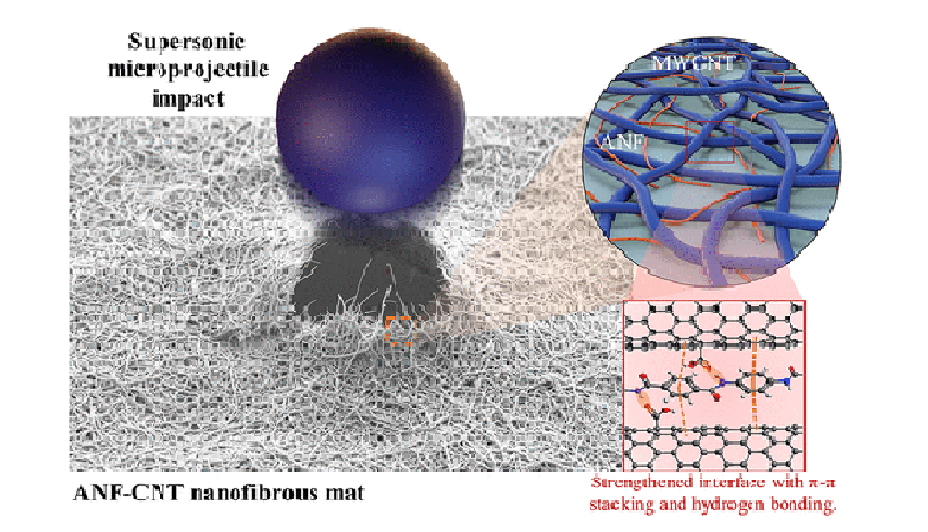Transitioning to a clean energy future is one of the greatest challenges in the 21st century. Thankfully, the process of creating a clean energy future has come a long way over the past two decades with significant technological innovation occurring rapidly. The fact that Silicon Valley has swallowed the clean energy future hook, hook, line and sinker is a sign of things to come.
Meanwhile, according to the US National Governors Association and the report Securing a Clean Energy Future Initiative, US states are increasingly using clean energy to achieve efficiency and conservation, promoting non-carbon fuels such as biodiesel and ethanol, reducing greenhouse gas emissions with technology and regulations, and investing significant resources into research and development (R&D) of new clean energy technologies.
US States’ Experience Promoting Clean Energy
The following is a list of principles currently being used by US states to foster innovation through clean energy R&D programs. These principles appeared in the Securing a Clean Energy Future report.
- Create demand push alongside market pull. The creation of a technology does not ensure its success; ultimately it must find a market. States have many different methods to stimulate markets for clean energy technologies, including standards (such as a Renewable Portfolio Standard), taxes, incentives, and subsidies. In addition, broad policy initiatives—including overall goal setting, regulation, and consumer education and outreach—can help spur clean energy markets.
- Ensure a consistent time frame. The benefits of RD&D are realized over a horizon—at least 5 to 10 years, and as long as 20 to 30 years. States can and should contribute to the RD&D process at all stages, providing targeted assistance when it is most needed. Because energy projects are capitalintensive, they are especially vulnerable to what’s known as the “Valley of Death”—the funding gap between development and deployment that can halt initiatives before they get off the ground.
- Catalyze collaboration between academia, industry, nonprofits, and other states and governments. State governments are strategically positioned to facilitate these collaborations. Groups of states can also achieve great benefits through regional communication, coordination, and collaboration.
- Enlist expert advice to reach the wisest possible investment decisions. Making strategic investment decisions in clean energy RD&D requires not only academic expertise, but also input from industry and business, as well as nonprofits. A balance of opinions should be sought through the creation of diverse advisory boards and peer-reviewed grant programs.
- Create metrics of success for the funded RD&D programs. Although the benefits from RD&D can be defined differently, program evaluation is an important step toward improving future investment decisions. Metrics include journal citations, patents filed, new jobs created, and value of new businesses. Efforts to quantify energy savings and pollutant reductions can also be valuable indicators of success.
The following video explains the future of clean-energy.








